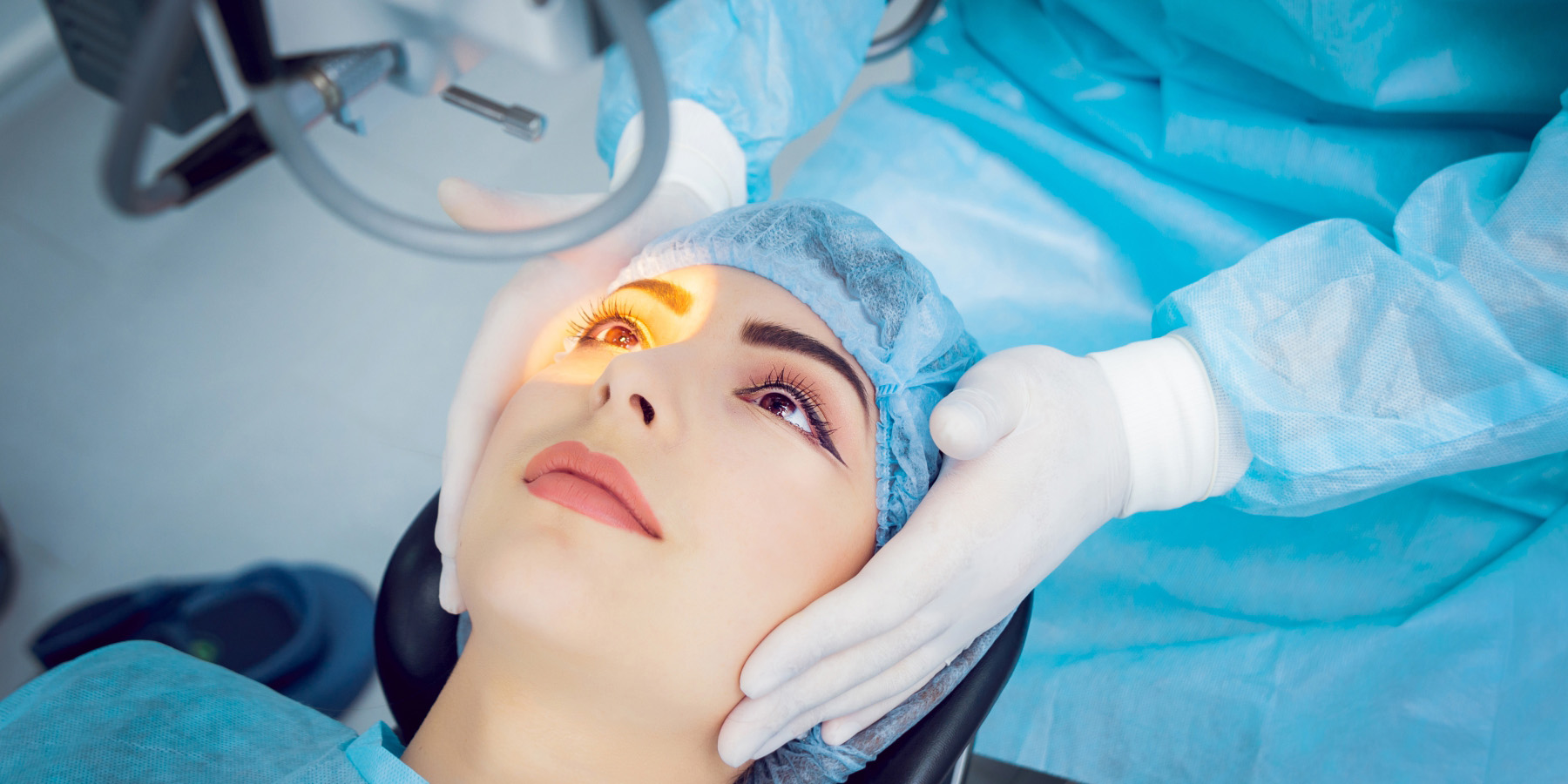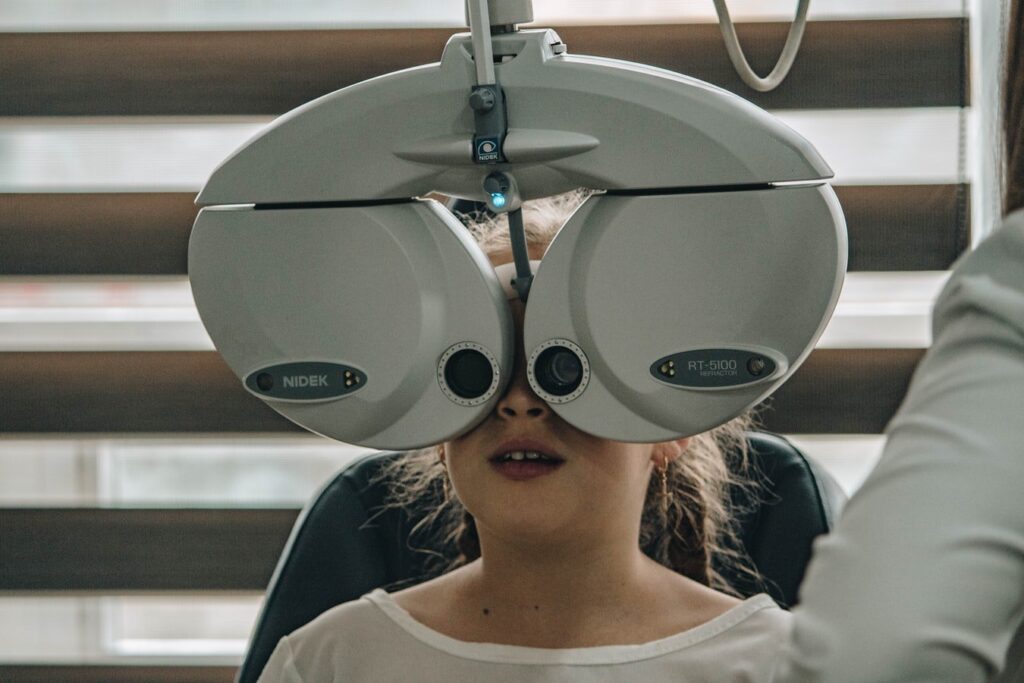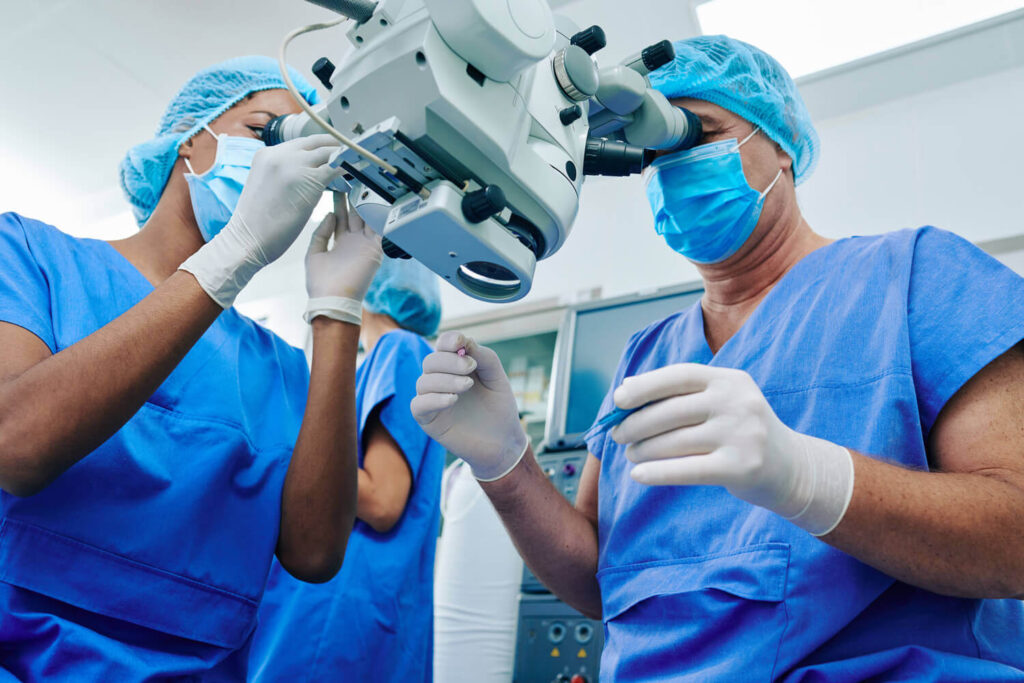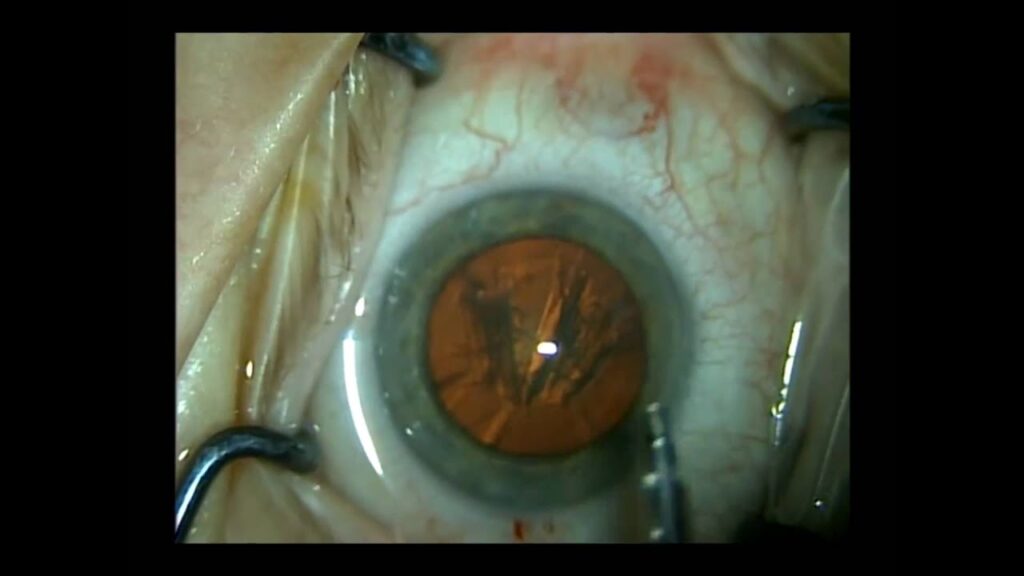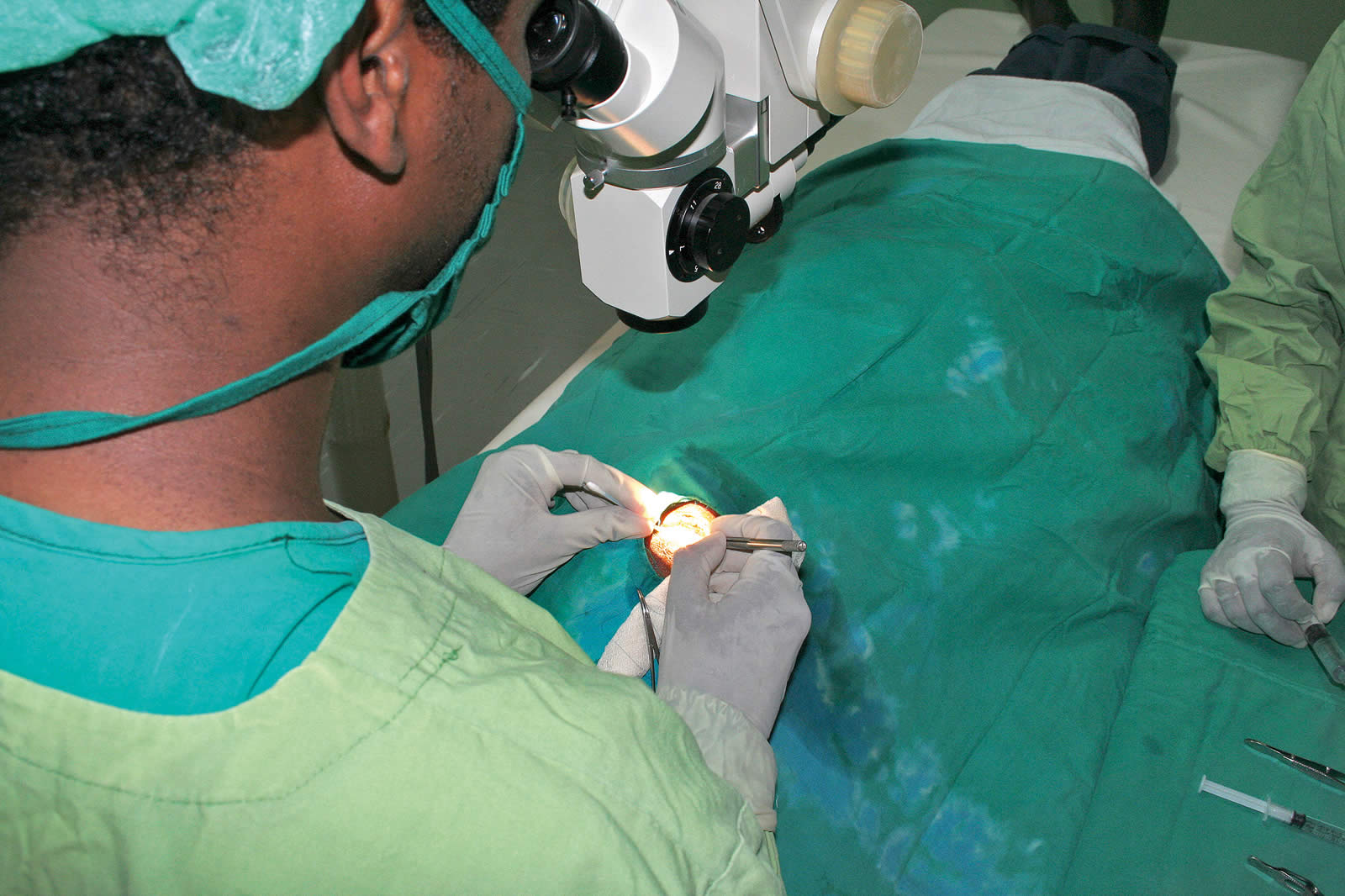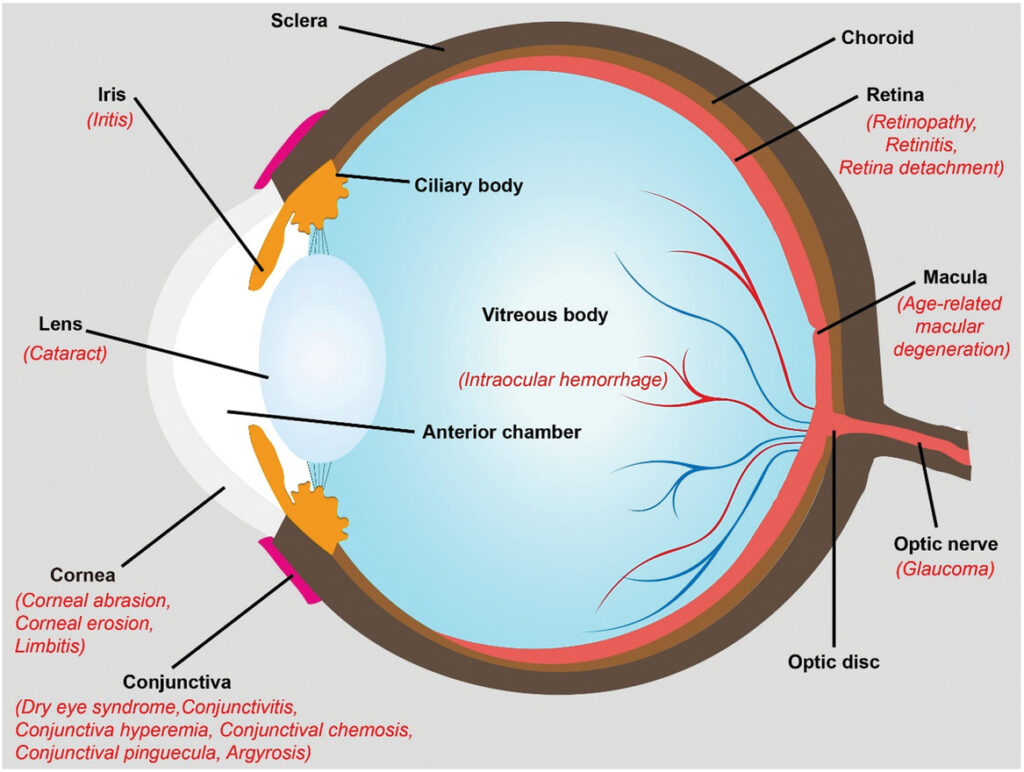After cataract surgery, count on your vision to start improving within a short time. The your vision might be blurry in the beginning as your eye heals and adjusts.
You will typically see your eye doctor one day or perhaps after the cataract your cataract surgery, the following week, and however after about a month to monitor healing.
Colors might seem brighter after your cataract surgery since you’re looking through a brand new, clear lens. A cataract is brown-tinted or yellow- usually before surgery, muting the look of colors. Click here for what cataract surgery is?
It is typical to feel itching and mild discomfort for a few days after surgery. Stay away from rubbing your eyes.
The doctor of yours may ask you to use an eye patch as well as protective shield the day of surgery. The doctor of yours might also suggest using the eye patch for several days after your cataract surgery and also the protective shield when you sleep during the healing period.

The doctor of yours may prescribe other medication or eyedrops to avoid infection, reduce inflammation and control eye pressure. Occasionally, these prescription drugs may be injected into the eye at the time of surgery.
Following a few days, majority of the discomfort should disappear. Often, healing that is complete occurs within 8 weeks.
Contact your doctor right away in case you have any of the following:
- Vision loss
- Pain that persists despite the use of over-the-counter pain medications
- Increased eye redness
- Eyelid swelling
- Light flashes or perhaps a number of new spots (floaters) in front of your eye Most folks require glasses, at least several of the time, after cataract surgery. The doctor of yours is going to let you know whenever your eyes have healed enough for you to have a final prescription for eyeglasses. This’s usually between one and 3 months after surgery.
In case you’ve cataracts in both eyes, your doctor usually schedules the second surgery after the very first eye has healed.
Results
Cataract surgery successfully restores vision in the vast majority of individuals who have the process.
Individuals who have had cataract surgery may create a secondary cataract. The medical term for this common complication is referred to as posterior capsule opacification (PCO). This happens once the rear of the lens capsule – the part of the lens which was not removed during surgery and that now supports the lens implant – becomes cloudy and also impairs the your vision.
PCO is treated with a painless, five minute outpatient procedure called yttrium-aluminum-garnet (YAG) laser capsulotomy. In YAG laser capsulotomy, a laser beam is used to create a tiny opening in the clouded capsule to provide a clear path through which the light could pass.
After the procedure, you normally stay in the doctor’s office for about one hour to make certain your eye pressure does not rise. Some other complications are rare but can include increased retinal detachment and eye pressure.
A cataract occurs when the natural lens in the eye — and that is generally clear — becomes cloudy. This could distort your vision and make it hard to read, watch TV, recognize people, drive, and far more. It is a great deal like looking through a window or frosted glass that has fogged up.
In case you see some changes in your vision because of a cataract, you need to schedule a visit with your eye doctor immediately. Several of the signs of a cataract include difficulty seeing at night, clouded or perhaps blurry vision, sensitivity to light, halos around lights, fading colors, and far more.
To identify a cataract, your ophthalmologist is going to conduct a number of tests — including a visual acuity test, retinal exam, slit-lamp exam, and an applanation tonometry. The best part is cataract surgery can change the cloudy lens of yours with an artificial lens, called an intraocular lens.
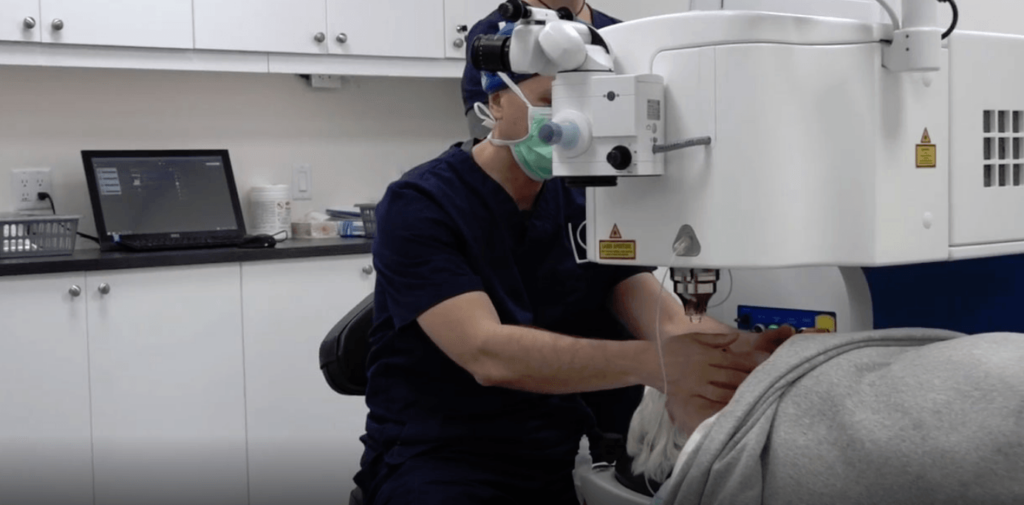
Exactly how Long Is the Cataract Surgery Recovery Period?
The particular process generally only takes fifteen minutes to complete, but the doctor of yours is going to place you in a recovery area for around thirty minutes while the anesthesia wears off. You will be asked to use a protective eye shield for several hours after the surgery and while you sleep or nap.
Although many folks report clear vision a couple of hours after surgery, do not be alarmed in case you notice blurry, distorted, or perhaps wavy vision. It is also common to see bloodshot or red eyes as the eye heals. In case these symptoms do not subside after a couple of days, report them to your eye doctor.
Expect to use eye drops for a couple of weeks after surgery. The whole recovery period generally takes anywhere from a number of weeks to a complete month. Since every person heals differently, you need to report the progress of yours to your eye doctor and also follow their recommendations closely.
The Do’s and Don’ts After Your Cataract Surgery:
Immediately after the procedure, your ophthalmologist is going to give you a list of things you can and cannot do. Following their instructions is incredibly important to ensuring a successful and quick recovery. Take their advice seriously and do not be scared to ask some questions along the way.

While everyone’s recovery time period differs and your doctor will probably give you instructions specific to your eye, let us go over several of the general do’s and Don’ts following cataract surgery — starting with the things you can do:
- You can enjoy TV
- You can be on the computer of yours
- You can shower or even take a bath
- You can read through a book
- You can go for a walk
- You should get the eye drops of yours as directed
- You should take it easy for no less than a couple of days
- You ought to be using your eye shield while you sleep
- You should wear sunglasses outside
- You should have someone drive you home after surgery
- You should rest in case you feel tired
Today, let us check out several of the points you should not do after your cataract surgery:
- Don’t rub your eyes
- Don’t get shampoo or soap in your eyes
- Don’t drive until your doctor allows it
- Avoid heavy lifting and strenuous activities
- Avoid hot tubs and swimming to prevent infection
- Don’t wear eye makeup for no less than a month
- Don’t travel via an airplane
- Avoid vomiting or sneezing after surgery
- Avoid bending over after surgery to avoid pressure increase
- Avoid dusty areas to prevent getting irritants in the eye
When sleeping, it is essential to wear the protective shield of yours for around the very first week — maybe longer. When washing the face of yours, be sure you do not splash or get some water directly in your eyes. You should also think about eating a healthy, well balanced diet following your cataract surgery.
For instance, increase the fiber rich foods in your daily diet, leafy green vegetables, and lean protein. Stay away from foods that are loaded with sugar and refined carbohydrates to prevent rapid increases in blood sugar. A nutritious diet gives the body of yours the nutrients it needs during the healing period.
Once again, everyone’s recovery time period differs, and so listen to your eye doctor and also follow their detailed instructions carefully. It will not take very long for your eyes to heal and you will have improved vision before you realize it as you are mindful throughout the healing process.

